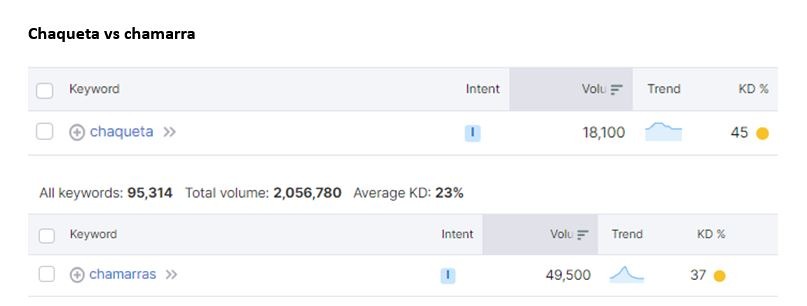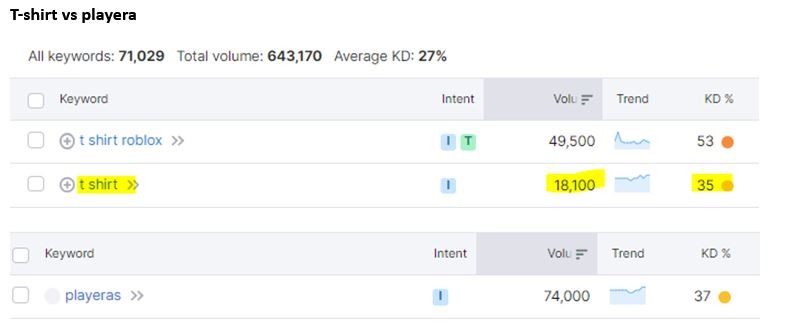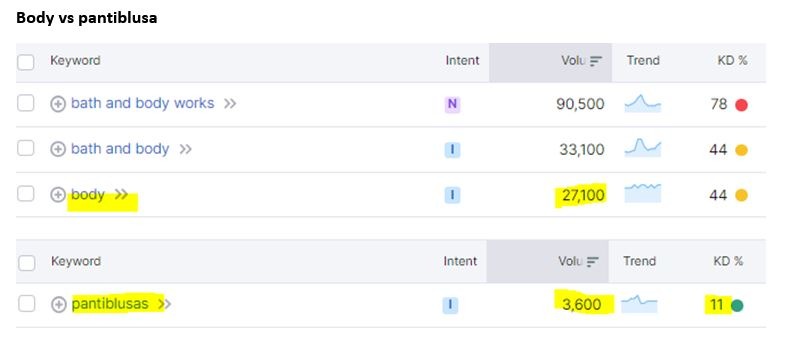
Not to be outdone by ChatGPT, in its annual conference for developers last May, Google launched Bard: its AI-assisted chatbot, made available in Europe in July.
It offers similar features to ChatGPT and is based on the LaMDA (Language Model for Dialogue Applications) model developed by one of its expert teams.
Unlike ChatGPT, which uses data last updated in 2021 or before, Bard is not just a conversational tool: it also provides accurate, up-to-date information.
In this article, we will take a look at:
- Bard’s main features so far.
- The scope of Bard for translation.
- How Bard can be used when translating.
However, as the tool itself points out, Bard (and ChatGPT) cannot provide a replacement for human translation, especially when it is carried out by a professional. Calling upon a translation agency will always be the best option for website translation if you want to guarantee high-quality, optimised content for the maximum online traffic. In the case of technical and legal translation, a specialist, professional, human translator is essential; these chatbot tools are of very little use when translating high-impact texts that require flawless accuracy.
Google Bard’s features
- Bard will talk to you in the language of the country where you are using it, but you can chat with it in another language, if you prefer. At the time of writing, the tool is available in forty languages.
- Any query you make will be answered with three responses, just in case you are not convinced by the first. To see the others, just click on ‘View other drafts’. If you are not satisfied by any of them, you can select the option to generate new responses.
- You can ask a question out loud and listen to the responses.
- You can share responses with colleagues or friends.
- The tool gives you the option to see the Google searches made by internet users associated with your query.
- You can highlight the conversations that interest you if you want to go back to them at another time.
- You can import images and ask the tool to help you analyse them. For now, this feature is only available in English, and it involves the use of Google Lens.
- If you are a developer, Bard can help you to find coding errors.
- Basically, ever since it was launched, Google has not stopped announcing new Bard features. It is likely to be integrated into other Google tools like Gmail soon.
Google BARD for translation?
If you are not a professional translator and you need some help to translate a text into your native language or any other language quickly, Google Bard – just like ChatGPT – can help you out of a tight spot.
If you simply want to save on the cost of using a translation agency and you need to translate some content, Bard can assist with this, too. However, it is important to remember that this type of tool can only translate, and can not do localization content : in other words, though the translation might be correct from a linguistic point of view, the proposed term might not be the one usually used in the target market for your content. In light of this, though you will save money by not using a professional translation service, you will probably miss out on opportunities to attract traffic to your store, and therefore on potential conversions. Here is a really simple example:
You need to translate three terms from French into Mexican Spanish for a French e-commerce store trying to expand into Mexico. Bard will offer you the translation in the picture below:

If your native language is Spanish, you might be thinking: what’s wrong with that translation? It’s perfectly correct. And of course, that is true! But customers from your target market are likely to use other words when searching for these items. The translation of these terms in Mexican Spanish would be:
Veste (jacket) => chamarra
T-shirt => playera
Body => pantiblusa
Below, you will see data provided by the SEMRUSH keyword search tool. We used this tool to see the search intent, monthly search volume and keyword difficulty for each term for the Mexican market (both the word proposed by Bard and the the word chosen by a professional translator and website translation expert whose native language is Spanish):



As you can see, the search volume is higher in Mexico for the keywords proposed by the professional translator. The case of the term ‘body’ is interesting, though. Of course, though we are using it here to refer to an item of clothing, it can have other meanings in English. So, when you search for the term ‘body’ in Google in Mexico, a lot of results will come up, many of them irrelevant: the first results will take you to pages relating to other meanings of ‘body’, then there will be some about the item of clothing, while others will refer to brand names such as ‘Bath & Body Works’ and ‘Body Shop’. This means that using this keyword – even when accompanied by other terms, such as ‘red body size S’ – makes less sense than using another term widely used in Mexico for this type of garment: ‘pantiblusas’. Though its search volume is lower, it is an extremely relevant keyword for a French company trying to sell its products on this market. All of this analysis is part of the work done by the team of expert translators at a translation agency and is something Bard, ChatGPT and any other AI tool cannot guarantee.
This does not mean the terms proposed by Bard will be completely useless for the e-commerce store’s target market; they just might not be the most used or the most relevant. Given that one of the most important parts of e-commerce is using the terms most searched for by the target audience for SEO purposes, any e-commerce translation must use and highlight these keywords. Synonyms can and should still be used, though, as these secondary keywords in the same semantic field can enrich your content. Still, for title tags, which are essential for a website’s SEO, and meta descriptions, which play a key role in encouraging users to visit a page that appears in their search results, and even for tags, it is best to use the terms your target audience is most likely to use. A professional translator or some in-depth analysis can help you to find these keywords.
Nevertheless, this example uses very generic terms, for this reason, the search intent provided by SEMRUSH is in all cases “informational”; a professional translator will check how to round out the translation with other terms, used by the target audience, to describe the product. Here is an example: according to SEMRUSH, ‘chamarra roja para dama’ and ‘chamarra roja para mujer’, both of which mean ‘women’s red jacket’, have a monthly search volume in Mexico of 70 and 1,300 respectively. In this case, ‘chamarra roja para mujer’ is the best search term to use for this product’s keywords. However, the translator can use the other term within the product description. Thanks to the Hummingbird algorithm, in use since 2013, Google will understand it as a synonym of ‘chamarra roja para mujer’, which shows that terms with a lower search volume should not be ruled out entirely.
When translating blog content, product category pages or even the various pages of an institutional website, a professional translation service is advisable for the same reasons Bard itself puts forward when asked about this subject:

On top of this, human translators who specialise in this field are able to understand the subtleties of language and adapt the translation to the brand’s tone and to the way people communicate in the target market. Finally, if you use a translation agency, a specialist team will meet with you, study your brand, products and services, consider your brief, and make sure they have all the context they need to provide a high-quality translation.
So, how can Bard be used for website translation?
Here are the main ways this tool can be used for this purpose:
- Quick translation of a text or an excerpt to get a general idea of what the content would be like in the target language.
- Searches for secondary keywords in the same semantic field as the main keyword. It is important to check the keywords proposed by SEO tools on search engine results pages.
- Once you have your list of the most relevant keywords, you can ask Bard to give you ideas on how to write the title and meta description tags.
- You can insert the URL of a competitor’s page with good SEO and ask Bard to list the search expressions from the same semantic field as the main keyword for the content you are translating. This list will be useful for the translation process, especially when you are using a transcreation service.
One last important point is that Google’s algorithms are getting more and more sophisticated and can identify which texts are translated by a human and which are the product of machine translation. Automatically translated content may harm your organic SEO.
BARD becomes Gemini, discover how to use it in translation :






